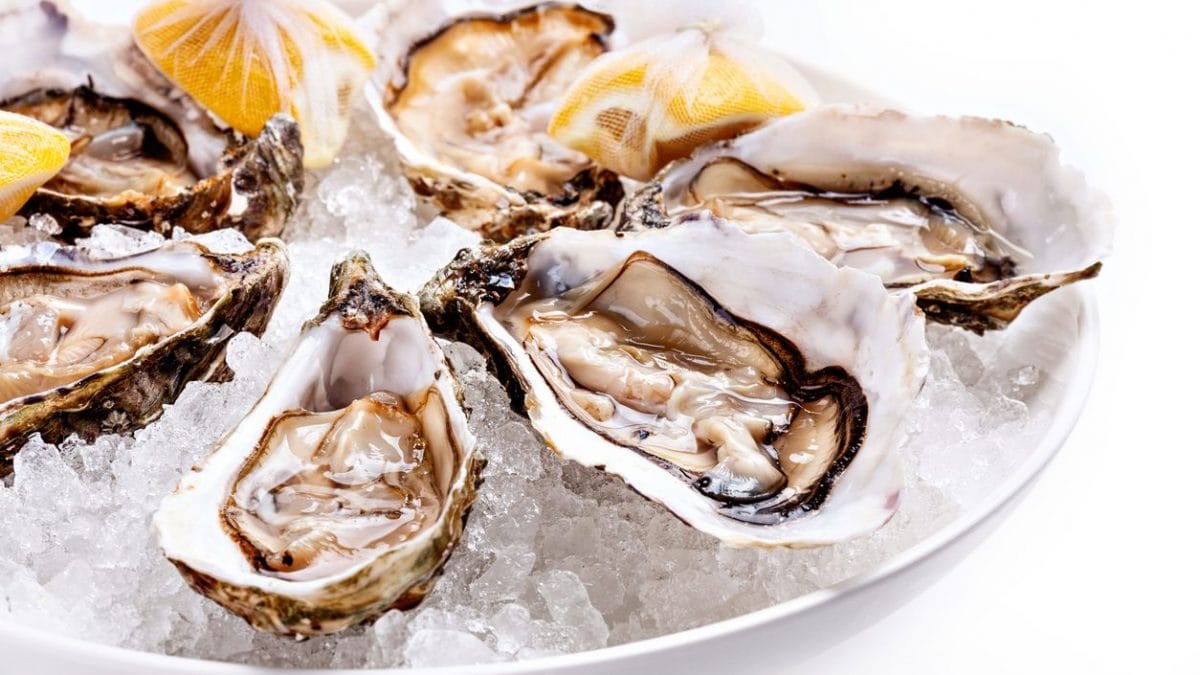
Once upon a time, oysters were the food of the elite—a celebratory dish gracing the tables of the rich and famous. Think Oysters Rockefeller, named after the wealthiest man of his era. These briny delights were a symbol of luxury and opulence. However, as times changed, oysters became more accessible, popping up in various restaurants and even making their way into grocery store aisles in bulk. But before you get too shellfish with your seafood purchases, there's a good reason to exercise caution. We’re not just being snobs; it’s genuinely for the best if you steer clear of grocery store oysters.
Freshness Matters
The first issue with grocery store oysters is freshness—or rather, the lack thereof. Oysters are delicate creatures, best enjoyed as fresh as possible. Unlike other seafood, they can’t be frozen and thawed without losing quality. In grocery stores, oysters often sit on ice for days, far removed from their natural habitat. This extended shelf time can lead to a decline in texture and flavor, transforming what should be a briny, succulent experience into a sad, rubbery one. The journey from ocean to store shelf is a long one, and by the time they reach you, the oysters may have already seen better days. It's like trying to enjoy a soda that's been left open for too long—just flat and disappointing.

The Lack of Quality Control
Another concern is the lack of rigorous quality control. Unlike specialized seafood markets or reputable restaurants, grocery stores may not have the same stringent standards for handling and storing oysters. The risk of purchasing oysters that haven't been stored at the correct temperature or have been exposed to contaminants is higher. Moreover, grocery store staff may not have the expertise to select the best oysters or even identify those that are unsafe to consume. It's a bit of a gamble, and when it comes to raw seafood, that’s a bet you don’t want to take. Nobody wants to end up with a pearl in the form of a foodborne illness, right?
Taste and Experience
Let’s not forget the overall experience. Buying oysters from a grocery store can often feel transactional, devoid of the charm and knowledge that come with purchasing from a trusted fishmonger or enjoying them at a reputable restaurant. Part of the joy of oysters is the experience—the shucking, the pairing with a perfect mignonette, and the first briny burst of flavor. In a grocery store, you miss out on the expertise and passion that come with these delicate mollusks. Plus, there's something magical about slurping down an oyster that has been expertly chosen and prepared, knowing it’s at the peak of freshness. It's the difference between watching a cooking show and actually dining at a fine restaurant.

The Actual Best Place to Buy Oysters
So, where should you buy oysters if not from the grocery store? The answer is simple: specialized seafood markets or reputable restaurants. Seafood markets often have a direct line to oyster farms and can guarantee freshness. They usually have knowledgeable staff who can guide you in choosing the best oysters and even give you tips on how to shuck and serve them. Reputable restaurants, especially those specializing in seafood, often source their oysters from trusted suppliers and serve them at their freshest. Some even have live tanks to ensure the oysters are kept in optimal conditions until they reach your plate. It's like getting a front-row seat to a show instead of watching from the nosebleed section—completely different experience.
;Resize,width=767;)
